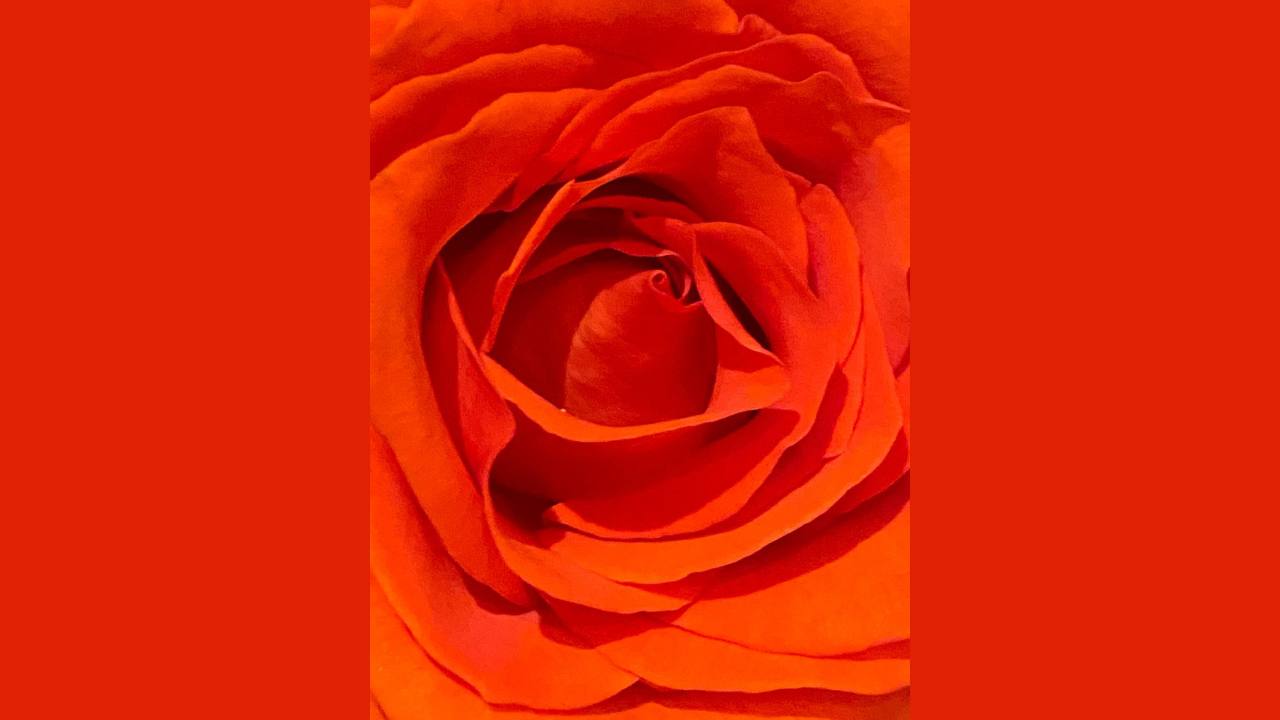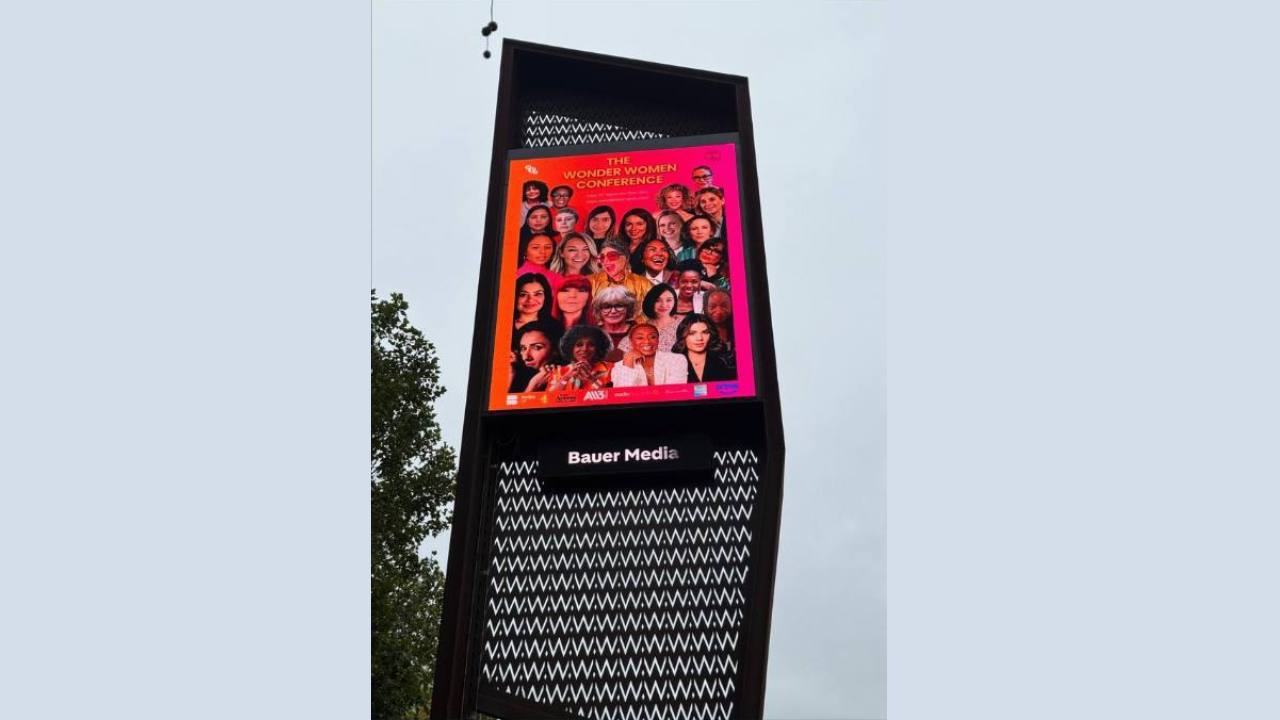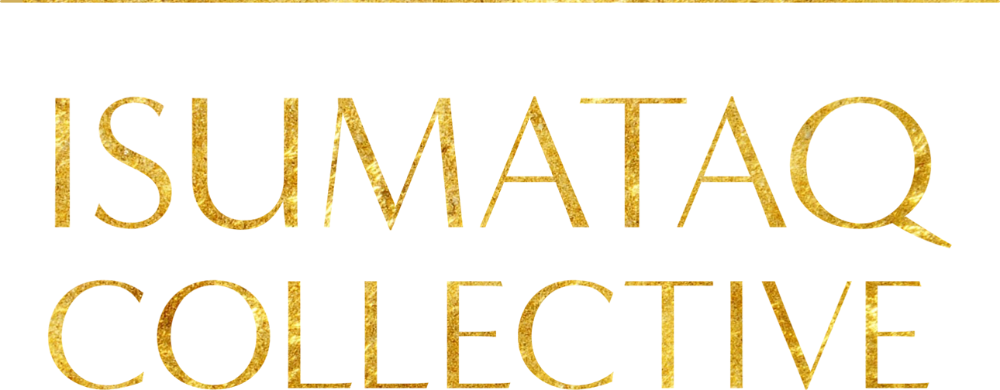 Sacred Business Begins Here: Tiny Acts of Alignment That Change Everything
Sacred Business Begins Here: Tiny Acts of Alignment That Change Everything
Hi everyone,
In our live session last week with Nikki Trott, I was struck by how timely the conversation about “sacred business” feels, both personally and collectively. So many of us are standing at the threshold of systems, roles and identities that can no longer hold who we are becoming. The old ways of working, as if we are permanently in the season of summer with relentless output, rigid m...
 “I am the woman who became the fire”: Burnout, boundaries and the art of not abandoning ourselves.
“I am the woman who became the fire”: Burnout, boundaries and the art of not abandoning ourselves.
Hi everyone,
This season we’ve been exploring burnout.
In my last letter, I looked at the generational differences relative to burnout, and how each polarity can offer a particular lens of understanding, and guide and define helpful action. Thank you for your responses - I am so grateful this community engages so actively.
This week I am inspired by the words of Helen Knott:
“I am the woman wh...
 Pivot with Power - Unlocking Your Value Beyond Your Job Title
Pivot with Power - Unlocking Your Value Beyond Your Job Title
Dear ones,
Last week I stood on the stage at the British Film Institute, invited by dear friend Ria Hebden, founder of Wonder Women TV, to speak into a moment of deep change.
The talk was called Pivot with Power and aligned beautifully with topics we discuss within the Isumataq Collective community.
It was born out of what’s happening in the television industry right now, and the landscape we a...



